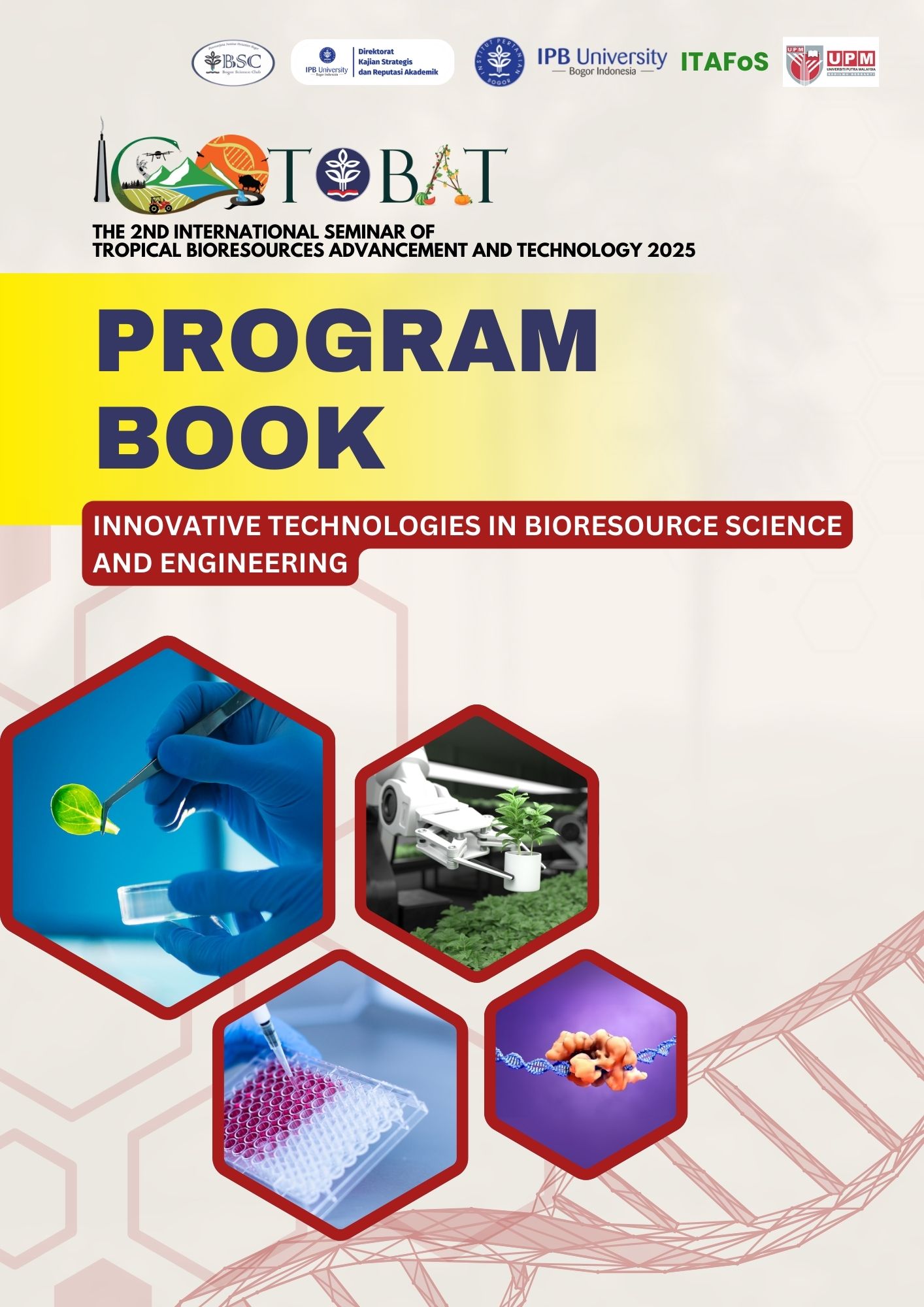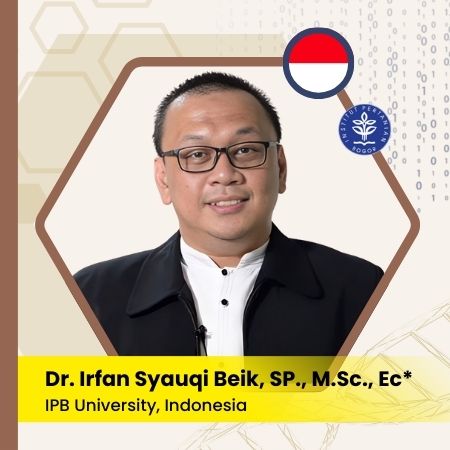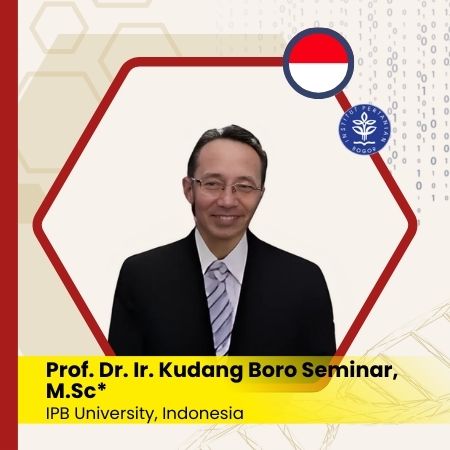Vetiver Grass-Based Bioengineering for Slope Reinforcement and Carbon Sequestration: A Sustainable Innovation in Bioresource Science
Abstract
Landslides and soil erosion on unstable slopes are worsened by land degradation and extreme climate events, threatening ecological and human systems in tropical regions. Conventional slope stabilization methods, which use concrete structures and heavy machinery, are costly and emit CO₂ through material production and fossil fuel use. In contrast, vetiver grass (Vetiveria zizanioides) provides an eco-friendly bioengineering alternative that protects slopes while sequestering atmospheric CO₂ via physiological activity and biomass development. This study evaluated the dual function of vetiver in enhancing slope stability and capturing carbon under tropical conditions and quantified the organic carbon stored in its aboveground biomass. Photosynthetic traits were measured using the LI-COR 6800 system, and organic carbon was analyzed using the Loss on Ignition (LOI) method. Root characteristics and slope coverage were recorded using field observations. Vetiver exhibited high net photosynthetic rates and efficient stomatal conductance, indicating strong CO₂ absorption. LOI analysis confirmed a significant organic carbon content in the shoot biomass. Its dense, fibrous roots improve soil cohesion and minimize runoff. Unlike conventional methods that emit CO₂, vetiver enhances carbon capture while reinforcing the slopes. In conclusion, vetiver-based bioengineering offers a cost-efficient and climate-positive approach to sustainable slope stabilization in tropical regions.






























